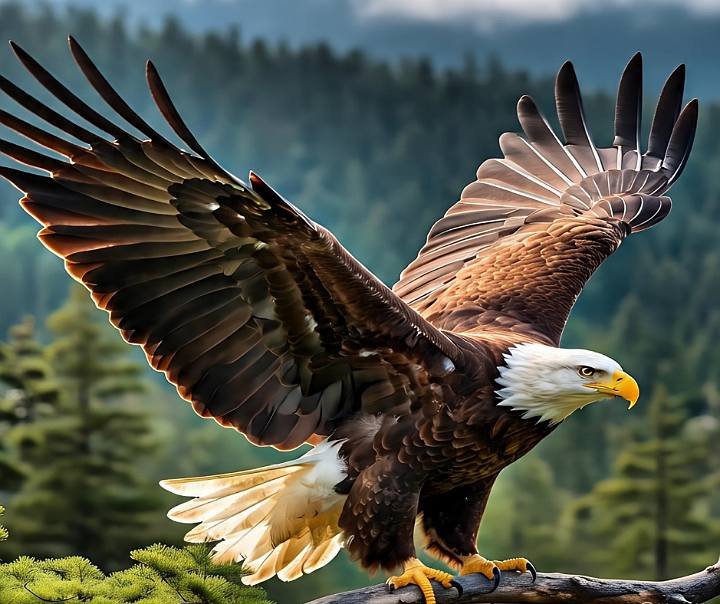The Kiwi Bird: New Zealand’s Unique Icon
Hello, friends! Today, we’re diving into the fascinating world of the kiwi, a remarkable bird that’s not only New Zealand’s national symbol but also one of the most unique creatures on Earth. Get ready for a detailed journey where we’ll explore everything about the kiwi—its appearance, habitat, habits, cultural significance, and more. Let’s get started.
What is the Kiwi Bird?
The kiwi is a small, flightless bird native to New Zealand, belonging to the ratite family, which includes other flightless birds like ostriches, emus, and rheas. There are five species of kiwi, with the Brown Kiwi, Great Spotted Kiwi, and Little Spotted Kiwi being the most well-known. This bird is so unique that it has no close relatives, making it a standout example of New Zealand’s incredible biodiversity.
The name “kiwi” comes from the Māori people, inspired by the bird’s distinctive shrill call. Fun fact: New Zealanders affectionately call themselves “Kiwis,” showing just how much they adore this bird!
For More Info: New Zealand Official Website
Physical Characteristics of the Kiwi Bird
Friends, have you ever seen a kiwi bird? If not, picture a small, brown, fuzzy ball with legs! Let’s break down its features:

- Size and Weight: A kiwi bird is about the size of a chicken, weighing between 1.5 to 4 kilograms, depending on the species.
- Wings: Its wings are tiny and hidden, making it flightless. They’re tucked away under its fluffy, fur-like feathers.
- Beak: The kiwi has a long, slender, slightly curved beak, perfect for probing the ground for insects and seeds.
- Nostrils: Uniquely, its nostrils are at the tip of its beak—a rare trait among birds—that helps it sniff out food buried in the soil.
- Legs: Its strong, short legs allow it to run quickly and dig efficiently.
- Feather-like Fur: The kiwi’s feathers are soft and hair-like, giving it a furry appearance and keeping it warm in chilly forests.
Fun Fact: A kiwi’s egg is massive compared to its body size. A female kiwi lays an egg that’s about 20% of her body weight—imagine a human giving birth to a 15-kilo baby!
For More Info: World Wildlife Fund
Kiwi’s Habitat
Kiwis are exclusive to New Zealand, found in the forests, scrublands, and grasslands of North Island, South Island, and smaller islands like Stewart Island and Kapiti Island. These nocturnal birds sleep during the day, hiding in burrows or under tree roots, and come out at night to forage. Their habitats are typically dense forests with moist soil, rich in insects, worms, and seeds.
Sadly, friends, urbanization and deforestation are threatening their homes. We’ll talk more about this later.
For More Info: New Zealand Department of Conservation
Kiwi’s Lifestyle and Habits
The kiwi’s lifestyle is super interesting. Let’s take a closer look:
- Nocturnal Nature: Kiwis are active at night, using their incredible sense of smell to hunt for food. They can detect insects buried deep in the ground!
- Diet: They’re omnivores, munching on insects, worms, spiders, fruits, and seeds.
- Breeding: Kiwis are monogamous, sticking with one partner for life. Females lay 1-2 eggs per year, and the males often help incubate them for 70-80 days.
- Social Behavior: Kiwis are mostly solitary but share territories with their mates. They use loud calls to defend their space.
Fun Fact: A kiwi’s sense of smell is so powerful that it’s about 10 times better than a human’s!
Cultural Significance of the Kiwi Bird
Friends, the kiwi Bird is more than just a bird—it’s a cornerstone of New Zealand’s culture. The Māori people consider it a taonga (treasure). You’ll find the kiwi’s image on New Zealand’s coins, stamps, and even military badges. It’s also the mascot for the country’s rugby team!
Globally, the kiwi symbolizes biodiversity and conservation, reminding us of the importance of protecting unique species.
For More Info: New Zealand Heritage
Threats to the Kiwi
It’s heartbreaking, friends, but kiwis are endangered. Here are the main threats they face:
- Habitat Loss: Deforestation and urban development are shrinking their homes.
- Predators: Introduced predators like dogs, cats, and stoats prey on kiwi eggs and chicks.
- Human Activities: Road accidents and illegal hunting further reduce their numbers.
Thankfully, the New Zealand government and organizations like Save the Kiwi are working hard to protect them by creating sanctuaries, controlling predators, and supporting breeding programs.
For More Info: Save the Kiwi
How Can We Help Save the Kiwi?
Friends, we can all play a part in saving the kiwi. Here’s how:
- Spread Awareness: Tell your friends and family about the kiwi and its challenges.
- Support Conservation: If you’re in New Zealand, volunteer with local conservation groups.
- Protect the Environment: Help preserve forests and reduce pollution wherever you are.
Conclusion
So, friends, we’ve learned all about the kiwi bird—a true gem of New Zealand. From its quirky appearance to its cultural importance, the kiwi is a symbol of nature’s wonders. But it needs our help to survive. Next time you hear about New Zealand, think of the kiwi and its story!
Question: What did you find most interesting about the kiwi? Would you like to do something to help protect it?
See this also :
Hope you enjoyed this post! See you next time!
